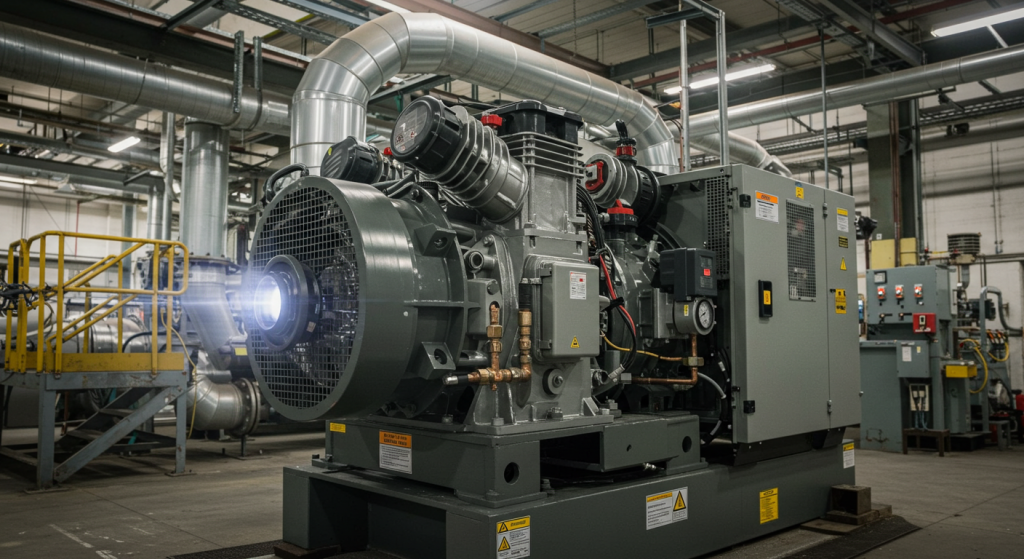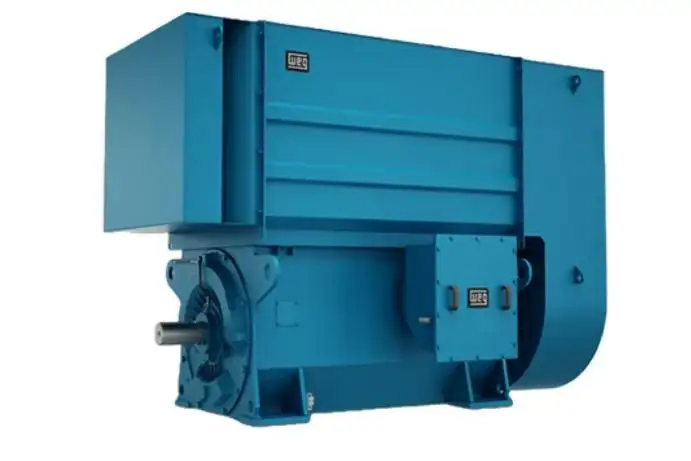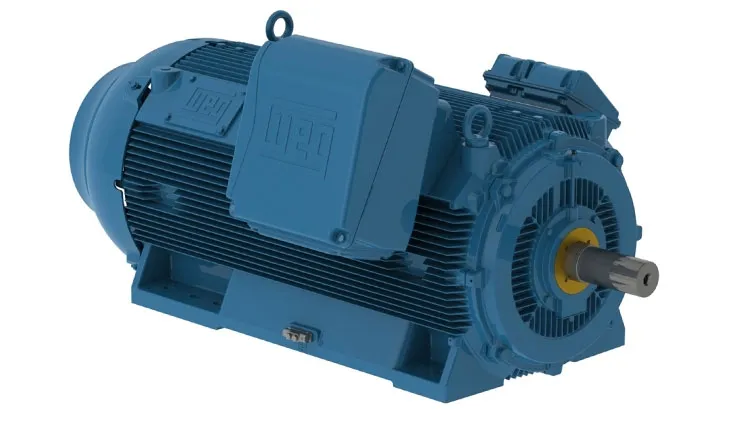A Comprehensive Guide for Any Application
Unknowingly, compressors are employed in refrigerators, air conditioning units, and numerous industrial machines. How does a compressor work is important for home appliances, HVAC units, refrigeration units, and pneumatics. In this guide, we discuss all types of compressors and their parts, and applications of significance.
What is a Compressor?
Compressors are critical to HVAC systems and refrigeration systems, as well as in pneumatics. Any gas's pressure can be raised and its volume decreased simultaneously through some mechanical action. Hence, some kind of compressor is always a necessity. Every compressor’s operation includes a suction step as well as a discharge step in which gas is compressed to a certain volume and then pushed out by a cylinder, piston, rotor, pump, or vanes.
How a Piston Compressor Works?
Electricity-driven piston (reciprocating) compressors are especially good at enhancing air pressure. The cycle of piston compressors can be broken down into three primary phases: intake, compression, and discharge as follows:
Intake Stroke: This step causes a vacuum to be created, resulting in negative pressure about the surrounding atmosphere, which allows the intake valve to open. Air now fills the compression chamber. The piston is going to descend.
Compression Stroke: The intake valve shuts, and the piston moves up, which means the air captured is now being compressed.
Discharge Stroke: While the piston is still in the fully compressed position, the discharge valve opens, and the air can now be released into a storage tank or pipeline where it will be stored until required.
Compressed air flow is continuous, and the processes above may be performed dozens or even hundreds of times each minute. In addition, an electric motor drives a crankshaft that turns a compressor piston, enabling piston compressors to perform tire inflation, operate pneumatic tools, light industrial work, and many other tasks.
Different Kinds of Compressors: Their Functions and Uses
The Functions of Reciprocating Compressors
Piston compressors are acknowledged as rotary positive displacement compressors containing both compressing pistons and cylinders with a rotating shaft. During the downward stroke of the piston, air is drawn in. During the upward stroke, compression and discharge take place.
• Common in: automotive repair shops and small-scale HVAC systems.
• Advantages: Low cost and provides good pressure.
Rotary Screw Compressors: Their Functions
In rotary compressors, gas is compressed in two intermeshing helical screws called rotors. While being transported along the screw-passage, the gas is captured and compressed.
• Common in: industrial factories and large HVAC systems.
• Advantages: Operation is quieter and uninterrupted.
Centrifugal Compressors: Their Operations
Gas is given velocity by rotating an impeller, part of this gas is then forced through a diffuser, which converts some of the velocity into pressure.
• Common in: jet engines and power plants.
• Advantages: fewer moving parts and high flow rates.

Axial Compressors: Their Operations
Gas compression in axial compressors is performed with linear gas movement through a series of rotating and fixed blades, in contrast to centrifugal compressors.
Stages of Air Compression
Air heating or cooling can take place via isentropic or adiabatic processes, which differ in whether heat is exchanged or not.
- Isentropic compression is unachievable in reality as it has no heat transfer.
- Adiabatic compression is closer to reality since some heat transfer occurs.
As mentioned before, most compressors function under adiabatic conditions, which necessitates the installation of cooling systems or heat exchangers.
P-V Diagrams of Compressors
The P-V diagram captures the relation between compression, pressure, and volume of a system.
The diagram estimates system efficiency as well as compressor performance under various loading conditions.
Sectors of Industry That Use Compressors Rewind
Knowing how a compressor works greatly aids in streamlining processes across different functional areas of work, as well as at lower levels of an organization.
HVAC Systems
- Uses rotary and scroll-type compressors.
- Cools via the refrigeration cycle.
Refrigerators
- Uses hermetic compressors.
- Found in both domestic and industrial appliances for refrigeration purposes.
- Uses rotary vane or piston compressor.
- Refrigerant gas is compressed to cool the cabin.
Pneumatic Tools
- Uses screw or piston-type compressors.
- Found in workshops and construction industries.
Turbochargers
- Uses centrifugal-type compressors.
- Increases intake air pressure for the engine to enhance power.
Suggestions for Compressor Maintenance and Enhancing Performance
A compressor system's efficiency will be impacted by energy expenses, output, equipment lifespan, scheduled maintenance, and overall productivity. Increasing the oil quantity and lubrication type can improve parts friction and wear. In addition, filters need regular maintenance to prevent overheating and excess energy consumption from overworking the system.
- Analyzing a specific set of metrics along with operational efficiency could reveal further insights; for instance, monitoring discharge pressure and temperature can forewarn issues far ahead of time.
- These parameters also monitor for periphery temperature and pressure rises that may suggest system deterioration, leakage, or blockage. More generally, maintenance work should always be done in an anticipatory way; periodic inspections performed by hydraulic system experts ensure that all components are operating at peak performance.
Vibrant scheduled precision maintenance for complete industrial compressor systems provides unmatched reliability and operational efficiency. Our specially trained technicians perform all maintenance in a manner that ensures optimal uptime and enhanced productivity.
Future Developments of the Compressor Industry
The modernization changes the compressor industry is undergoing include equipping new units with VFDs (Variable Frequency Drives), which dynamically increase motor speeds based on real-time demand. Remote diagnostics and predictive maintenance available through the IoT enhance the intelligence and efficiency of systems, making them much smarter.
In compressors, the use of natural refrigerants and low-emission materials is part of the shift to green design, as per policy guidelines.
Conclusion
How does a compressor work? In applications like cooling a house, operating air tools, and powering jet engines, gas is compressed to reduce its volume and increase pressure. Knowing the various types of compressors and their components aids in the proper maintenance and troubleshooting of any compressor system.









